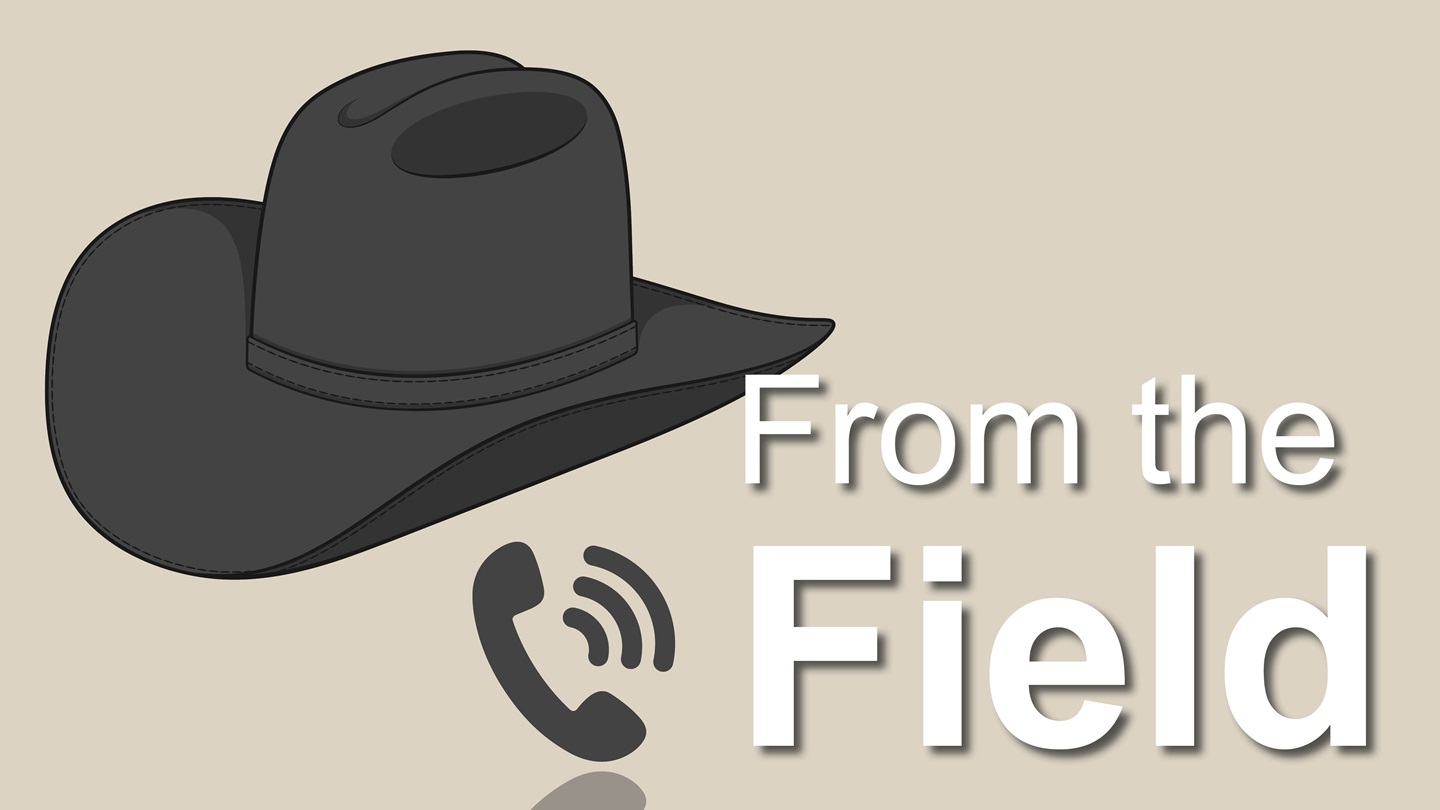From the Field
Which small changes can have a huge influence on farm and ranch safety?
September 18, 2024

Data for the U.S. Bureau of Labor Statistics in 2022 christened agriculture with an unfortunate title: the most dangerous industry in America. With a total of 417 fatalities that year, National Farm Safety and Health Week — celebrated Sept. 16-21, 2024 — is working to expand knowledge of on-farm safety practices and health awareness. In this edition of “From the Field,” we had the opportunity to chat with regional managers Quanah Gardiner, Reese Tuckwiller and David Gazda to gather their safety and health priorities. Here’s what they have to say!
The importance of docility
The average age of the U.S. farmer/rancher is 58 years old, according to the 2022 Census of Agriculture conducted by the USDA National Agricultural Statistics Service. While producers in that age bracket are practically spring chickens, by that time priorities have often shifted to the safety of their families and employees on the farm. The importance placed on ease of management and the safety of everyone on the farm leads many producers to further emphasize the importance of docile cattle.
“I think it’s probably multifaceted, as the average age of ranchers ever rises, and finding employees continues to become ever harder. A lot of these deals are family outfits where you have sons and daughters and granddaughters and grandsons helping out on an operation,” says regional manager Quanah Gardiner. “While there may have been a time when we weren’t afforded access to as much information or the ability to focus on docility as heavily, these days you can have everything.”
With genomic tools and expected progeny differences (EPDs) available for a multitude of traits, selecting for docility has almost become a nonnegotiable for many producers. Yet, producers need not stress that selecting for cattle that contribute to a safer working environment will mean sacrifices in production or yield.
“We can’t all jump over the fence anymore. Maybe we keep that in mind: We need to treat our bodies better, and this is an insurance policy,” says Gardiner. “I mean, we buy safer cattle. We use safer cattle. That’s going to make it a lot easier and safer for us to work with them.”
Try before you buy (if possible)
No one is arguing the importance of good infrastructure to help ensure safety, but what happens if you’re looking to build a facility and don’t have a frame of reference? That’s a good time to get hands on, says regional manager Reese Tuckwiller.
“For new producers getting into the business, if you have other cattlemen around you that you can talk to, or neighbors that you could go visit their place, there’s no substitute,” says Tuckwiller. “See what works and what doesn’t. But definitely, if you’re building something, think it through the first time, because retrofitting something that already exists is probably just as tough as starting over.”
Tuckwiller emphasizes that producers can’t undervalue helping somebody else work cattle because it gives a unique opportunity to figure out what works and what doesn’t from other people. After all, being a fly on the wall gives great perspective.
At the same time, equipment purchases should be evaluated with the same care, he says. Before large purchases, check with manufacturers or other producers to see if you can put your hands on the piece of equipment in which you are looking to invest.
“Here in Pennsylvania, a program was started a couple years ago through the Center of Beef Excellence (CBE),” says Tuckwiller. “Now producers have the opportunity to use chutes without the up-front investment.”
Each CBE-maintained chute contains a squeeze chute, gates, scales and comes ready to relocate on its own trailer. Pennsylvania producers interested in taking advantage of this free program or the CBE cost-share grant funding for qualifying on-farm infrastructure projects should contact CBE by email or by calling 570-687-3150.
The silent foe
While docility and well-planned working facilities and equipment purchases are certainly important, there is something very simple cattlemen can be doing each day to keep themselves safe.
“Wear sunscreen. Wear protective coverings on your arms and on your head. Wear a wide brim hat,” says regional manager David Gazda. “Try to stay out of the sun when the sun is at its most intense, between 10:00 a.m. and 3:00 p.m. each day.”
Gazda, who experienced his own battle with melanoma, is passionate about passing his experience with sun safety on to others, especially when it comes to farmers and ranchers applying sunscreen and reapplying every 30 minutes — even when it may be inconvenient.
“Twenty percent of Americans will develop skin cancer during their lifetime, according to the Skin Cancer Foundation. Farmers and ranchers in particular spend a great deal of time in the sun and, therefore, are more susceptible to skin cancer than most other professions,” notes Gazda. “It’s a big problem in the ranching community that people aren’t aware of.”
Fall harvest time can be one of the busiest and most dangerous seasons of the year for the agriculture industry. For this reason, the third week of September has been recognized as National Farm Safety and Health Week. This annual promotion initiated by the National Safety Council has been proclaimed as such by each sitting U.S. president since Franklin D. Roosevelt in 1944. National Farm Safety and Health Week is led by the National Education Center for Agricultural Safety (NECAS), the agricultural partner of the National Safety Council. For information, visit click here.
Editor’s note: “From the Field” is a regular Angus Beef Bulletin EXTRA column featuring advice, industry news and Angus updates from regional managers of the American Angus Association. For information on how to contact your regional manager, visit https://www.angus.org/assoc/RM.
Angus Beef Bulletin EXTRA, Vol. 16, No. 9-B
Topics: Animal Handling , Equipment / Facilities , Human Health , Management , News
Publication: Angus Beef Bulletin


